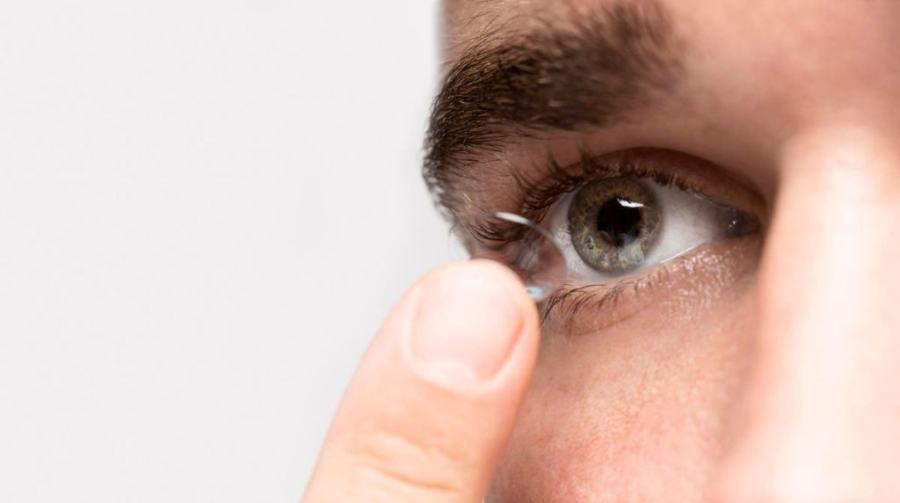Health & Wellness
Expert Opinion: Why Glasses Are Safer Than Contact Lenses During the Monsoon
During the monsoon, eye infections like conjunctivitis, styes, and fungal keratitis rise sharply. Experts advise wearing glasses instead of contact lenses for safer protection. Here’s why switching to specs can keep your eyes infection-free this rainy season.
Monsoon and Eye Health: A Risky Combination
The monsoon season is refreshing with cloudy skies, fresh air, and the earthy aroma of wet soil, but for your eyes, it’s a time of heightened risk. Along with waterlogging and humidity, the rainy season brings a sharp increase in eye infections.
For those who wear contact lenses, this season can be particularly problematic. A splash of rain or even excess humidity can make lenses a breeding ground for harmful microbes. Ophthalmologists warn that ignoring these risks may lead to serious eye conditions that require medical intervention.

Why Monsoon Poses a Risk for Contact Lens Wearers
While contact lenses are stylish and convenient, they are not the best choice during the rains. Rainwater, contrary to how pure it looks, is filled with dust, bacteria, fungi, and pollutants.
- Even a small droplet on your lens can trap harmful microorganisms directly against your cornea.
- The humid monsoon climate prevents lenses from staying dry and sterile, increasing the risk of redness, irritation, or infection.
- Improper hygiene, such as reusing old lens solution or not disinfecting properly, makes the problem worse.
According to Dr. Rishi Raj Borah, Country Director, Orbis India, glasses are a far safer alternative during this season.
Glasses: The Safer Monsoon Choice
Switching to glasses during the rainy season offers several benefits:
- Natural Barrier Against Infection – Glasses shield your eyes from raindrops and airborne germs.
- Lower Risk of Contamination – Without lenses, there’s no risk of bacteria being trapped against your eye.
- Greater Comfort – Glasses reduce irritation, dryness, and that gritty sensation often felt with lenses in damp weather.
Simply put, glasses are the monsoon MVPs when it comes to eye safety.
Common Monsoon Eye Infections
Eye specialists report a seasonal spike in the following infections:
- Conjunctivitis (Pink Eye): Highly contagious and worsened by unhygienic lens use.
- Fungal Keratitis: A serious infection caused by fungi entering through contaminated water or dirty lenses.
- Styes: Painful lumps near the eyelid caused by bacterial infection, often aggravated by poor hygiene.
Such infections can escalate quickly if left untreated, making preventive care even more critical.
Expert Tips to Protect Your Eyes This Monsoon
Here are key eye care precautions from Dr. Borah and other ophthalmologists:
✅ Prefer glasses instead of contact lenses, especially outdoors.
✅ If you must wear lenses, maintain strict hygiene – wash hands thoroughly, disinfect lenses, and never let them come in contact with rainwater.
✅ Avoid reusing old lens solution or wearing expired lenses.
✅ Seek immediate medical help if you notice redness, blurred vision, pain, or swelling.
✅ Use protective anti-glare glasses while riding or driving in rain for added comfort and visibility.
Final Word
Rainy days are perfect for chai, pakoras, and cozy music—but not for contact lenses. By simply switching to glasses, you can avoid painful infections and maintain healthy, clear vision throughout the season. Combine this with proper hygiene and regular eye checkups, and you’ll enjoy the monsoon worry-free.